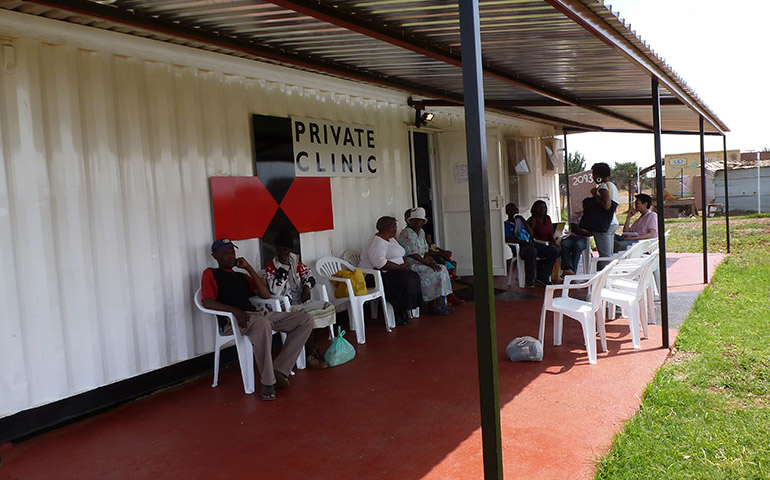Here are three requirements laid out by franchising guru Michael Seid when he visited us in 2009:
- ability to maintain brand standards at each location
- ability to scale operations
- ability to achieve economies of scale

First of all, what’s the link between retail clinics, franchising, and value? Here’s how one US-based consultant sees it:
… Typically staffed only by a nurse practitioner or physician assistant, these clinics already have established tight operating models, and they’ve developed a retail orientation that delivers high levels of patient satisfaction. They are continuing to improve their operations and the experience they deliver.
MinuteClinic is expanding aggressively. It has grown to 500 locations in 26 states. It has achieved a 95 percent patient-satisfaction level from more than 8 million patient visits. The organization is owned by publicly traded CVS Caremark (source)
If clinics can deliver efficient service and reliably stock needed medications, the franchise model holds promise for reaching underserved populations. But even if they manage to become financially sustainable, how far can low-cost clinics go toward providing full-on primary care? This is an open question, here in the US and elsewhere.
Now, Minute Clinics are only now turning a profit, some 5 years after the retail clinic chain was acquired by CVS Caremark (source; more on MinuteClinic). And Walmart has backed away from presenting its goal of rapidly growing its own retail clinics to develop some sort of primary care system (source), while experts in the US continue to debate what the projected growth in retail clinics will bring to the healthcare industry as a whole.
In the past, predicted growth in US retail clinics did not materialize (source). If cumbersome US laws constrain the ability of retail clinics to deliver needed healthcare, could the promise of retail clinics be better delivered elsewhere? We examined CFW shops, which franchises clinics in East Africa with the partnership of a US-based franchisor, The HealthStore Foundation. I’ve blogged about it before: see my original post, CFW Shops: The Subway of Global Health Delivery and additional discussion that captures student comments and links to additional resources in Can a franchise deliver global health?
For an update of the organization’s current performance, take a look at The Child and Family Wellness Shops Story and for a case discussion, see Winifred Karugu’s study Child & Family Wellness Shops: A Model of Sustainable Health Care for the Most Vulnerable.
But, as we discussed, before it can be franchised the health care delivery model must first work for the single clinic. So before you even get to brand standards, operational scalability, and economies of scale, first the single unit must deliver services and products that its customers value at the price they pay. And unit performance must be measured accurately, consistently, and rapidly enough for the data to be useful to the unit’s management and to the franchisor. When it comes to these questions, we found ourselves wanting more answers.
One of our steps in this direction is to build a dialog within our classrooms and with the experts in the field, who include people in front-line health care delivery enterprises themselves, to understand what works, what seems not to, and how things can be improved in the most practical sense. In the coming weeks, we’ll share what we’ve been uncovering in our new class on global health delivery and management and look forward to continuing the conversation. We’ll share nine mini case studies along with some reflections on what else we need to know in order to draw out our insights on the business models. And our spring projects class will put our management toolkit to the test in some 11 efforts carefully designed in collaboration with front-line health enterprises in South Africa, India, Kenya, and Uganda.

